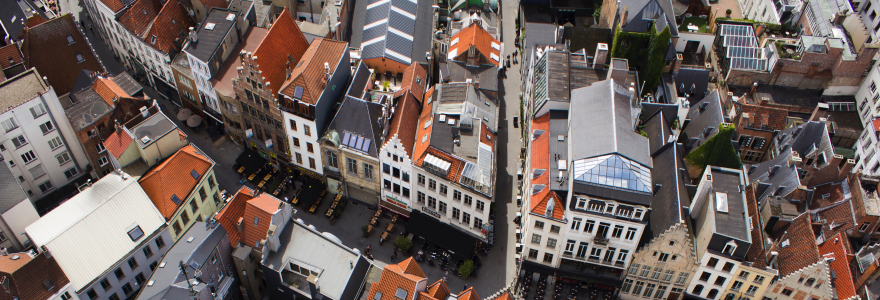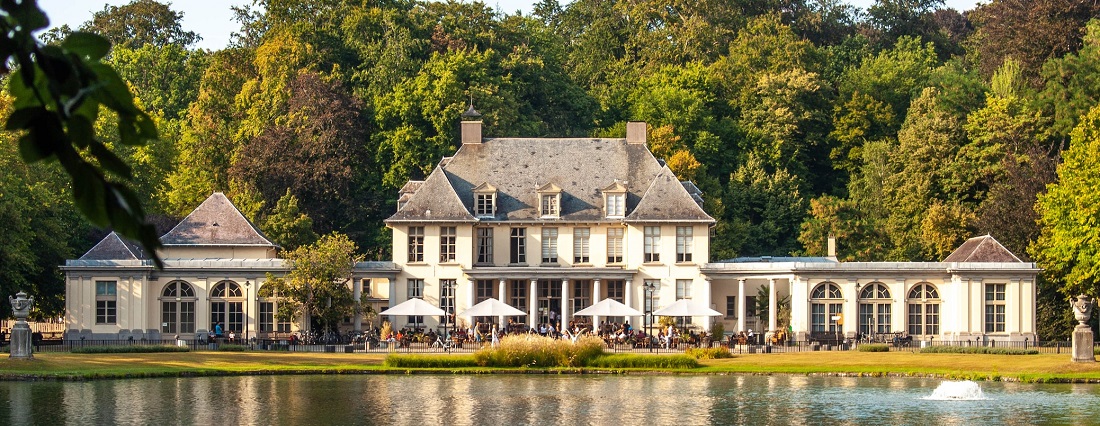Antwerp is a city defined by contrasts, where elegant classical buildings on cobblestone streets stand alongside striking modern architecture. Famously the heart of the world’s diamond trade, Antwerp is Belgium’s main port city and a commercial hub that revels in culture and history.
Locals will readily remind expats moving to Antwerp that the city was home to great painters such as Rubens and Van Dyck. This proud artistic heritage is still relevant, especially in the local fashion industry. As a result, there are countless boutiques and designer stores for expats who enjoy life’s finer things.
Living in Antwerp as an expat
As the northern region’s largest city, the official language in Antwerp is Dutch. Most residents are bilingual, and many will speak at least some English. Antwerp is also one of Belgium’s most populated cities and hosts many of the country’s most prominent businesses. Many of these businesses centre around its port, where the River Scheldt opens to the North Sea. The local economy is primarily driven by the petrochemical industry, oil refineries, electricity production and cargo.
Antwerp’s central location in Western Europe means that it’s easily accessible. The city has well-maintained roads, and its public transport system consists of an efficient tram and bus system. Thanks to this comprehensive public transit system, both inner-city apartments and houses on Antwerp’s suburban outskirts are viable accommodation options for new arrivals to the city.
Finding a Job and Working in Belgium
Getting Around in Antwerp
Renting Expat Accommodation in Antwerp
Cost of living in Antwerp
Life in Antwerp is not especially expensive – it’s far less expensive than Brussels – but not particularly cheap. As a country, Belgium has a high income-tax rate that ranges from 25 to 50 percent. Budgeting with post-tax figures is therefore essential. For those who find themselves on a tight budget, cheaper-than-average options can be found for accommodation and food, although it may take some time and effort.
Cost of Living in Belgium
Banking, Money and Taxes in Belgium
Families and children in Antwerp
Expats moving to Antwerp with children will be pleased by the variety of family-friendly attractions, and they can be assured that they’ll have plenty of excellent options for schooling. Apart from public schools, there are several international schools for families to choose from.
Lifestyle and Sightseeing in Antwerp
Best International Schools in Antwerp
Climate in Antwerp
The city’s temperate maritime climate means that extreme temperatures don’t often occur. Summer is pleasant but also the wettest time of the year, with temperature highs of around 72° F (22°C). Winter temperatures rarely drop below 32°F (0°C), and there’s more rain than snow.
Overall, expats moving to Antwerp will find a welcoming city with a lavish lifestyle. The quality of life enjoyed by expats and locals alike is high, and the city offers new arrivals a range of unique cultural experiences, making Antwerp an attractive destination for expats from all walks of life.

